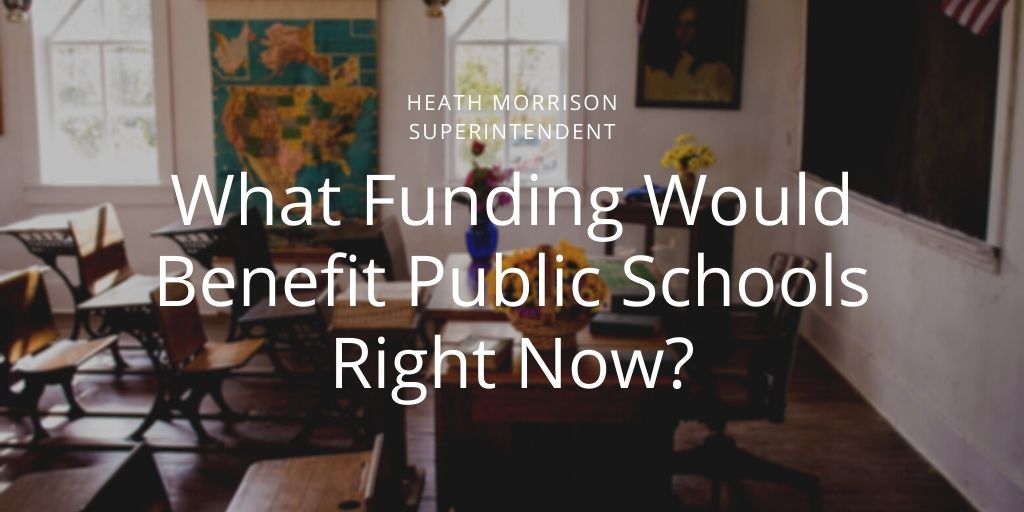Across the United States, schools stand at the precipice of the fall semester. Back-to-school season is upon us, and with it comes the need for new solutions to new problems. COVID-19 led to a rocky ending for the past school year, and schools now have the opportunity to refresh and renew. However, districts can’t do this alone; funding ensures each public school can access all necessary resources for students, educators, and the school community. Which funding would benefit public schools in the fall of 2020?
Funding for Technology
Many schools have opted to begin the year fully remote, while others hope to utilize a hybrid learning system. Whether students will be full-time distant learners, schools must have the appropriate amount of devices and tech support. Under the CARES Act, the Department of Education received over $30 billion to spend across every aspect of education. The funding primarily went towards remote learning support for elementary, secondary, and higher education, with $13.2 billion falling under the Elementary and Secondary School Emergency Relief (ESSER) Fund.
As student needs shift due to more remote or hybrid learning, technology funding will become crucial. Schools require this funding not just to acquire more devices, but also to improve network security and reliability, buy replacement parts and tools, and empower students who need assistive technology.
Funding for Health and Safety
A June 2020 report by the Government Accountability Office found several school districts had inadequate HVAC systems, predominantly caused by leakage and age. Replacement of HVAC units, especially massive overhauls, creates complications for schools with other needs. Even for schools that don’t need HVAC system replacements, the additional costs of cleaning and disinfecting classrooms, hallways, and offices means more supplies and maintenance staff are necessary. The increased need for cleaning supplies means an increased rate of expenditures for the health and safety category. Schools should not have to sacrifice other spending categories to provide a safe, sanitized environment for students.
Funding for High-Need, At-Risk Students
Schools have long struggled to provide equitable education due to inadequate funding. As the needs for technology and safety become more prevalent, schools cannot let equity go to the wayside. While grants can bolster programs for high-need students, schools need steady, reliable funding sources to provide well-rounded and equitable education. Currently, seven states do not offer additional funding for at-risk students. The 43 states that do—including the District of Columbia—use their own allocation formulas to calculate the total amount of funding.
While a federal overhaul of this calculation may not be beneficial right now, schools could benefit from additional funding for their at-risk populations. After all, districts may need to siphon resources towards immediate needs for technology and safety; unfortunately, this may come at the cost of equitable education for at-risk students.
Additional funding is necessary for a successful school year, particularly with COVID-19 still looming. Schools should not have to scrape by—they should receive assistance to provide the best possible education for every student.

